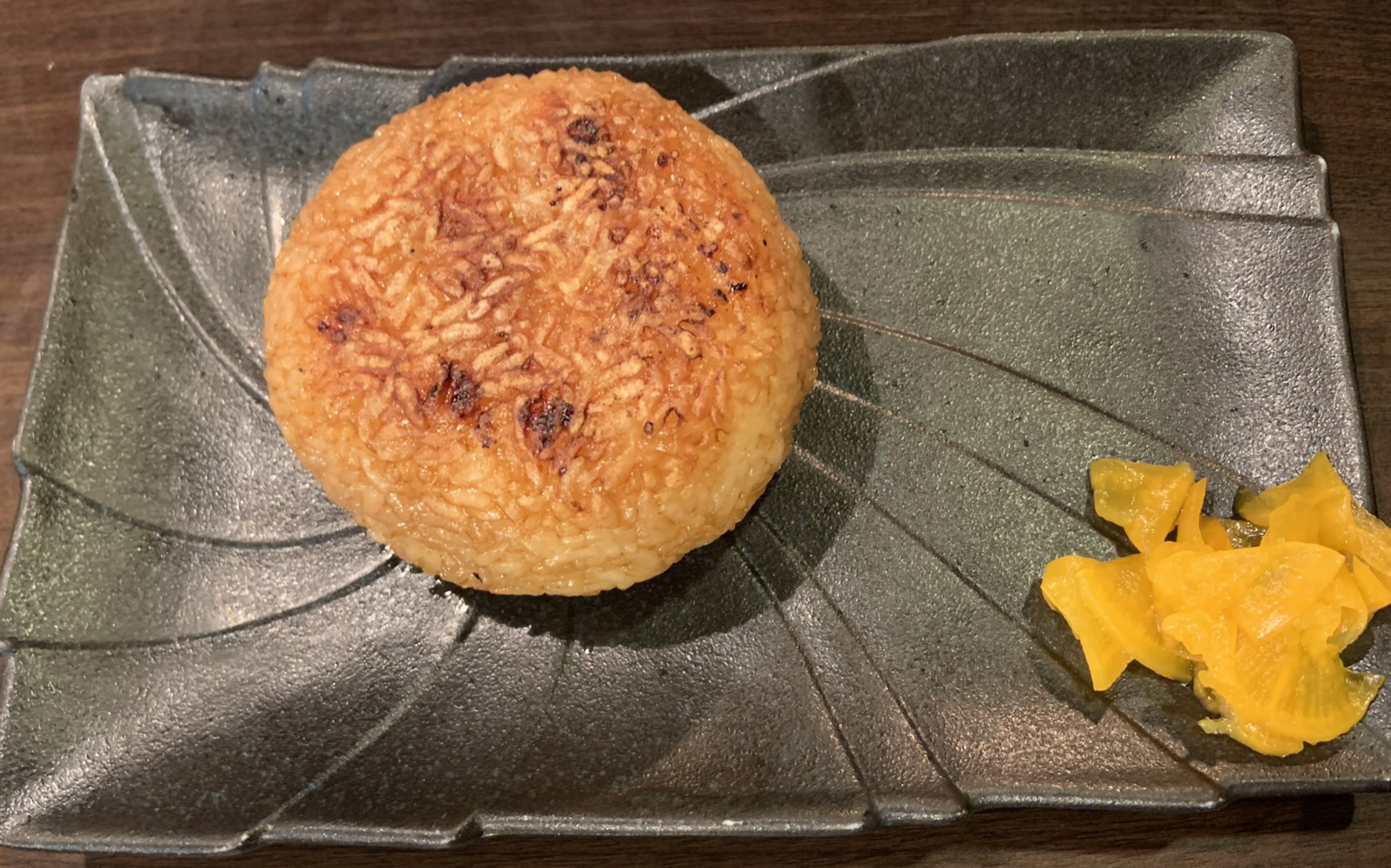|
Cơm Nắm
''Cơm nắm'' is a Vietnam rice dish of the Miền Bắc region that is shaped into a roll. The dish is commonly carried by those traveling to unfamiliar areas without restaurants or ingredients familiar to them.Hanh Nguyen ''Brushing the World Famous: The Story of My Life'' Page 6 2005 "Every day, I walked to school with my books and my lunch which consisted mostly of “cơm nắm” (compressed rice) and salted sesame or salted peanuts." Varieties *''Cơm nắm muối vừng'' - rice balls with salt and sesame *''Cơm nắm lá cọ Phù Ninh'' - rice balls in palm leaf of Phù Ninh District References See also *Onigiri , also known as , , or rice ball, is a Japanese food made from white rice formed into triangular or cylindrical shapes and often wrapped in ''nori''. Traditionally, an onigiri is filled with pickled ume (''umeboshi''), salted salmon, katsuob ... {{DEFAULTSORT:Com nam Vietnamese rice dishes ... [...More Info...] [...Related Items...] OR: [Wikipedia] [Google] [Baidu] |
Vietnamese Cuisine
Vietnamese cuisine encompasses the foods and beverages of Vietnam. Meals feature a combination of five fundamental tastes ( vi, ngũ vị, links=no, label=none): sweet, salty, bitter, sour, and spicy. The distinctive nature of each dish reflects one or more elements (nutrients, colors, et cetera), which are also based around a five-pronged philosophy. Vietnamese recipes use ingredients like lemongrass, ginger, mint, Vietnamese mint, long coriander, Saigon cinnamon, bird's eye chili, lime, and Thai basil leaves. Traditional Vietnamese cooking has often been characterised as using fresh ingredients, not using much dairy nor oil, having interesting textures, and making use of herbs and vegetables. The cuisine is also low in sugar and is almost always naturally gluten-free, as many of the dishes are rice-based instead of wheat-based, made with rice noodles, papers and flour. Vietnamese cuisine is strongly influenced not only by the cuisines of neighboring China, Cambodia and Lao ... [...More Info...] [...Related Items...] OR: [Wikipedia] [Google] [Baidu] |
Miền Bắc
Tonkin, also spelled ''Tongkin'', ''Tonquin'' or ''Tongking'', is an exonym referring to the northern region of Vietnam. During the 17th and 18th centuries, this term referred to the domain '' Đàng Ngoài'' under Trịnh lords' control, including both the Northern and Thanh- Nghệ regions, north of the Gianh River. From 1884 to early 1945, this term was used for the French protectorate of Tonkin, composed of only the Northern region. Names "Tonkin" is a Western rendition of 東京 ''Đông Kinh'', meaning 'Eastern Capital'. This was the name of the capital of the Lê dynasty (present-day Hanoi). Locally, Tonkin is nowadays known as ''miền Bắc'', or ''Bắc Bộ'' (北部), meaning ' Northern Region'. The name was used from 1883 to 1945 for the French protectorate of Tonkin (Vietnamese: ''Bắc Kỳ'' 北圻), a constituent territory of French Indochina. Geography It is south of Yunnan (Vân Nam) and Guangxi (Quảng Tây) Provinces of China; east of northern Lao ... [...More Info...] [...Related Items...] OR: [Wikipedia] [Google] [Baidu] |
Onigiri
, also known as , , or rice ball, is a Japanese food made from white rice formed into triangular or cylindrical shapes and often wrapped in ''nori''. Traditionally, an onigiri is filled with pickled ume (''umeboshi''), salted salmon, katsuobushi, kombu, tarako, mentaiko, takanazuke (pickled ''takana'', Japanese giant red mustard greens) or any other salty or sour ingredient as a natural preservative. Most Japanese convenience stores stock their onigiri with various fillings and flavors. There are even specialized shops which only sell onigiri to take out. Due to the popularity of this trend in Japan, onigiri has become a popular staple in Japanese restaurants worldwide. Despite common misconceptions, onigiri is not a form of sushi and should not be confused with the type of sushi called ''nigirizushi'' or simply ''nigiri''. Onigiri is made with plain rice (sometimes lightly salted), while sushi is made of rice with vinegar, sugar and salt. Onigiri makes rice portable and easy ... [...More Info...] [...Related Items...] OR: [Wikipedia] [Google] [Baidu] |

.jpg)
